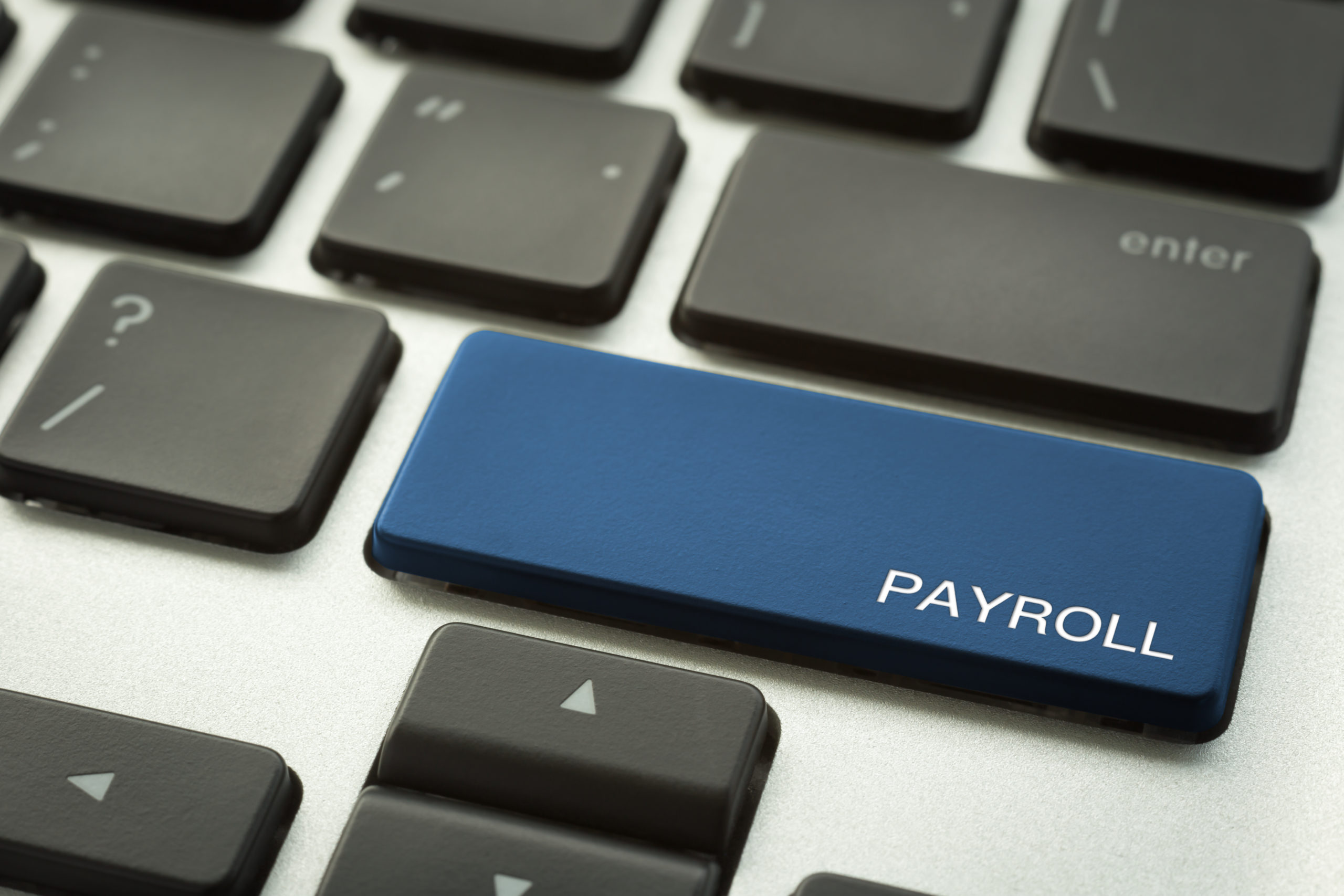04-15-2020 |
Paycheck Protection Program Recap: Eligibility, Forgiveness, and Considerations for Recipients
By: BrownWinick

The Coronavirus Aid, Relief, and Economic Security Act (CARES Act) was signed into law on March 27, 2020. Sections 1102 and 1106 of the CARES Act include the Paycheck Protection Program (PPP), which provides Small Business Administration (the SBA) loans in order to assist businesses with maintaining their workforce during the COVID-19 pandemic by assisting with payroll costs. The SBA issued its first guidance on PPP on March 31, 2020. Shortly thereafter, model loan documents were released by the SBA.
Processing of PPP loan applications began on April 3, and as of April 13, $217 of the nearly $350 billion earmarked for PPP had already been claimed. Funds are allocated on a first come, first served basis. Applications can be submitted through June 30. It remains unclear whether the SBA funding for PPP will increase once the allocated funds are exhausted. Below is a recap of PPP eligibility requirements, qualifying payroll costs, loan details, and good practice tips for recipients of PPP loans in order to insure forgiveness down the road.
PPP Loan Eligibility
- the applicant must certify that the current economic uncertainty makes their loan request necessary to support the ongoing operations of the business;
- the applicant must have 500 or fewer employees;
- the applicant’s principal place of residence must be in the United States (with some exceptions);
- the applicant must have been in business prior to February 15, 2020; and
- the applicant must be one of the following: S Corp, C Corp, LLC, sole proprietorship, independent contractor, self-employed person, 501(c)(3) non-profit, 501(c)(19) veterans organization, or Tribal group.
If you are ready to apply for a PPP loan, consider reviewing: What do I do if I am ready to apply for a Paycheck Protection Program loan from the SBA?
“Payroll Costs” Covered by PPP Loans
- Guidance indicates that eligible costs include: salary, wages, commissions, payment of vacation, sick, parental/family/medical leave, payment of retirement contributions, group health coverage premiums and state and local taxes assessed on payroll.
- Once obtained, the loan funds can be used for payroll, rent, mortgage obligations, utilities and other debt obligations.
PPP Loan Details
- Maximum loan amount is the lesser of $10 million or an amount that the applicant will calculate using a payroll-based formula (which is their average monthly payroll costs x 2.5).
- Maturity of 2 years.
- Interest rate of 1%.
- Eligible borrower may only receive one PPP loan.
- No collateral will be required.
- No personal guarantees will be required.
- No up-front guarantee fee payable to the SBA by the Borrower.
- No lender’s annual service fee.
- No subsidy recoupment fee.
- The full principal amount of the loans may qualify for loan forgiveness.
- Recipients are not required to make any payments on PPP loans for six months following the date of disbursement, but interest accrues during the six-month deferment.
For more details on the SBA’s April 3 Guidance, review our recent blog post: Interim Final Rule Issued for Paycheck Protection Program April 3, 2020.
Requirements for Loan Forgiveness
- If the recipient uses the funds for a forgivable purpose, the full amount may be forgiven.
- The forgivable amount includes the full principal plus any accrued interest.
- If the recipient’s full-time employees are reduced over this period of time or if the recipient’s payroll costs are reduced by 25 percent or more, then the amount of the loan eligible for forgiveness will be reduced.
- Both employee levels and compensation levels must be maintained in order to receive the maximum amount of loan forgiveness.
- Forgivable expenses include payroll and non-payroll costs such as rent payments, mortgage obligations, and utility payment. Note however, that not more than 25% of the loan forgiveness amount may be attributable to non-payroll costs.
Ramifications for Misuse of PPP Loan Funds
- The SBA will direct the recipient to repay amounts received through PPP for any misused funds.
- If the funds were knowingly misused for unauthorized purposes, the recipient will be subject to additional liability, such as charges for fraud.
Approval Application—Next Steps
- Once an applicant’s PPP loan is approved, the lender must make the first disbursement within 10 calendar days from the date of approval.
- Once the lender makes the first disbursement of the PPP loan funds, the 8 week period begins.
Considerations for PPP Loan Recipients
- Once the applicant receives the loan, those funds are eligible for forgiveness based on use on qualifying expenses over the next 8 weeks. In 8 weeks, the recipient will need to demonstrate to the SBA and its lender how the funds were spent on qualifying expenses (i.e. payroll, rent, interest on mortgage debt and utilities).
- During these 8 weeks, it is critical that recipients document accurately and in an organized manner all use of forgivable funds.
- Recipients should consider opening a separate account exclusively for PPP funds. This will assist in tracking payments to qualifying expenses.
- Recipients will also need to provide documentation verifying the number of full-time equivalent employees on payroll as well as the dollar amounts of payroll costs, covered mortgage interest payments, covered rent payments, and covered utilities for the 8 week period following the loan disbursement.
- Since non-payroll expenses cannot exceed 25% of the forgivable portion of the loan, recipients should separate and record payments to payroll versus non-payroll expenses.
- Recipients should consider implementing a system whereby any use of PPP funds includes date, time, amount, and forgivable purpose.
- Additionally, recipients should maintain records of COVID-19’s overall impact on the ongoing operations of the business, which will support claims of the indispensability of the loan.
For updates on COVID-19 and new guidance provided by BrownWinick attorneys, please visit our COVID-19 Resource Page.
